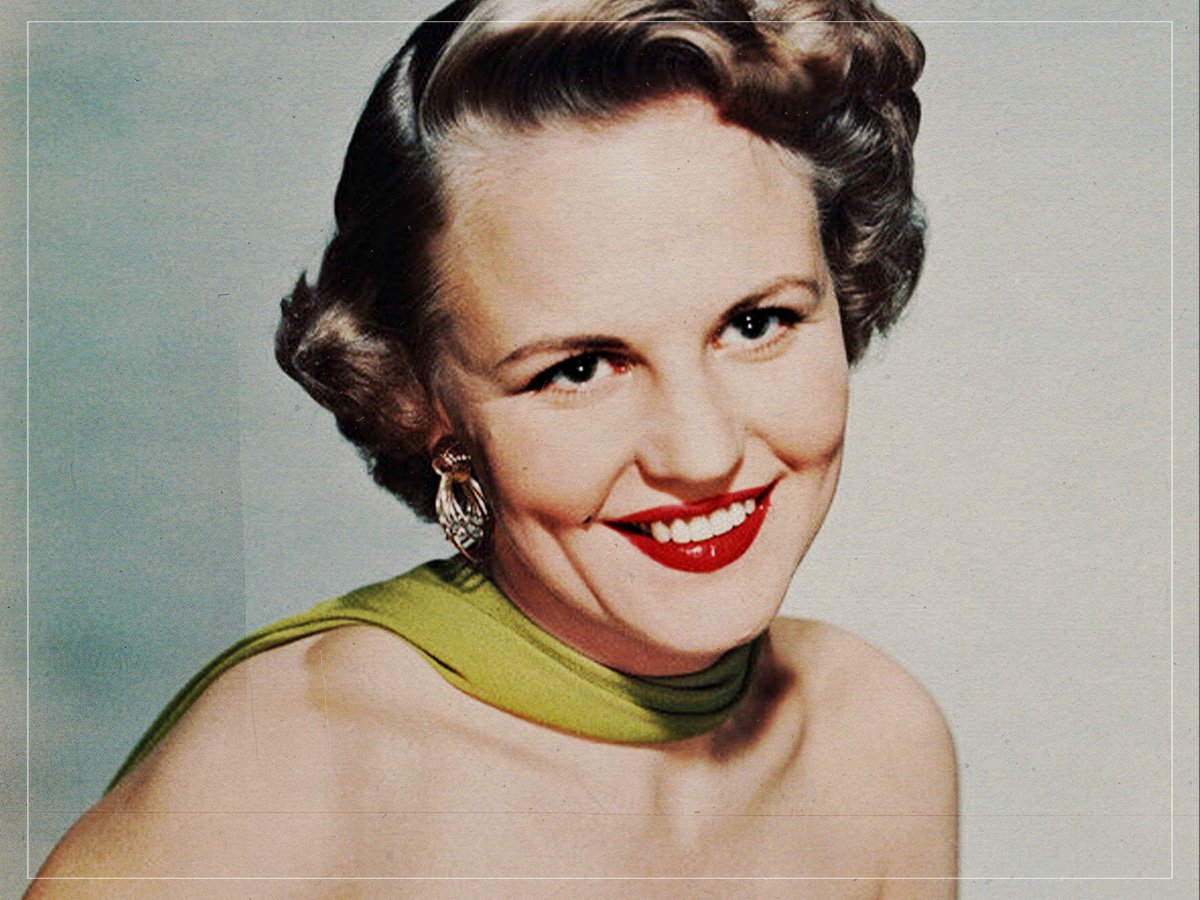
(Credits: Far Out / Publicity Still)
Mon 10 November 2025 3:00, UK
A very common occurrence within modern music, especially post-punk, is spoken word narration. Not many artists nail it, and if you want a great example of this style of vocal performance, don’t look for it in 2025, but cast your mind back to Peggy Lee in 1969.
Disillusionment was a short story released in 1896 by Thomas Mann. The story is one of nihilism, told from the point of view of a man who despises any kind of optimism. He spends his life looking for meaning and struggles to come across it. It’s renowned for being a triumph in literature, but it also inspired the Peggy Lee classic ‘Is That All There Is?’
The song was originally written by Jerry Leiber and Mike Stoller, whose quality hits include the likes of ‘Jailhouse Rock’ and ‘Stand By Me’. These are hits, flooded with energy and catchy choruses; however, ‘Is That All There Is?’ offered something different. There was singing within the song, but the majority of the track, which is relatively depressing, was done via spoken word. A lot of people didn’t like the song as they thought it was too weird, but Peggy Lee connected with it on many different levels and demanded that the songwriting duo let her record it.
“I will kill you if you give this song to anyone but me,” she said to the duo, jokingly threatening, “This is my song. This is the story of my life.” Leiber and Stoller were happy to agree, and before long, Lee was in a studio at Capitol Records bringing the track to life.
Lee was likely drawn to the song for two reasons. The first is what she has already detailed, that she connected with the spoken word lyrics and therefore wanted to be the one who performed them. However, it’s also likely because in doing the song, she got to engage with her two crafts, acting and singing. While a lot of us know Lee best for her singing, she also loved to act and received an Oscar nomination for her performance in Pete Kelly’s Blues in 1955. ‘Is That All There Is?’ allowed her to once again tap into her inner thespian.
So, you’re an actor, a singer, and are performing a song which you deem to be an accurate reflection of your life. How the hell do you ever begin to present such a song? Well, Lee thought the best approach was one of spontaneity, believing that if she limited herself to just three takes, the emotion she portrayed would be raw and genuine. It’s a nice theory, but once she started recording the song, her inner perfectionist kicked into gear and suddenly she was locked in for the long haul.
What she deemed to be the perfect rendition of the song came 37 tracks later. According to Leiber, the perfect performance actually came one take earlier. “Being a trouper, Peggy kept going. At take 15, I suspect she took a belt because her takes were improving,” said Leiber, “Take 30 was good but take 36 was pure magic – one of the greatest performances ever. Peggy had done it, we had done it. The enormous potential of this little song had been realised.”
However, despite this being what he considered the perfect recording, in keeping with the pessimism and depression buried within the track, it is lost to the moment, as the engineer forgot to press the record button.
Despite that take being lost, the version of ‘Is That All There Is?’ that is available to us is still pretty perfect. The melancholy feel of the track, told from the point of view of someone lost in a storm of unfulfillment, is one of Lee’s most convincing performances, both in music and film.
Related Topics

